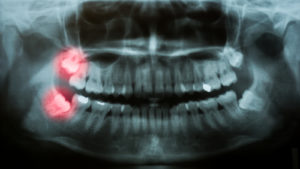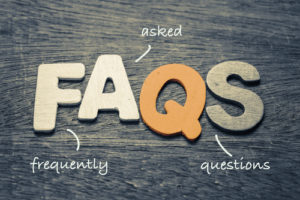 Everyone has experienced a bout of bad breath at least once in their life. Whether it was caused by a particularly potent meal, your daily cup of morning coffee, or maybe something unknown, bad breath is something that goes beyond embarrassment. In fact, the team at our dental office in Modesto wants our patients to know that bad breath could be an early warning sign of serious gum disease and is not something to be ignored.
Everyone has experienced a bout of bad breath at least once in their life. Whether it was caused by a particularly potent meal, your daily cup of morning coffee, or maybe something unknown, bad breath is something that goes beyond embarrassment. In fact, the team at our dental office in Modesto wants our patients to know that bad breath could be an early warning sign of serious gum disease and is not something to be ignored.
What Causes Bad Breath?
While there are any number of things that can cause bad breath, the short explanation is that bad breath is the result of high levels of bacteria in the mouth. When these bacteria are left alone, they begin to feed on plaque buildup and produce a stinky byproduct called hydrogen sulfide. This is what we smell when we get a whiff of bad breath.
Avoid Bad Breath
There are several preventive dentistry tips we have to help you avoid bad breath including:
- Brushing & Flossing. Brushing and flossing are about more than simply protecting teeth against cavities. Brushing twice and flossing once daily also eliminates bacteria that otherwise would be left to feed on plaque and give off the stinky hydrogen sulfide.
- Scrub the Tongue. When you brush, don’t forget to gently scrub the tongue before you finish up. The tongue is made up of tiny grooves where bacteria love to hide. Giving your tongue a quick brush will help wash them away and protect you from bad breath. Some people find brushing their tongue with a toothbrush too uncomfortable. If this is the case, try a tongue scraper.
- Drink Water. Our bodies love water. So do our mouths. Keeping your mouth properly hydrated encourages saliva production, which works to keep the mouth moist as well as aiding in rinsing away bacteria. However, if a mouth is too dry and dehydrated, the bad breath bacteria won’t be removed and the chance of bad breath increases.
Why Is Bad Breath Serious?
Bad breath may be caused by something that’s temporary and, if so, we wouldn’t be too concerned about it. However, bad breath that doesn’t go away could be a sign of a serious oral health problem called gum disease. If left untreated, gum disease can cause tooth loss and even affect the rest of the body. In fact, gum disease has been linked to an increased risk of heart disease. The best way to treat gum disease is to seek treatment from your dentist in Modesto early when the disease can often be cured successfully.
Don’t let something that seems small like bad breath create a serious problem for your overall health. If you notice signs of chronic bad breath, schedule an appointment at our Modesto dental practice.












